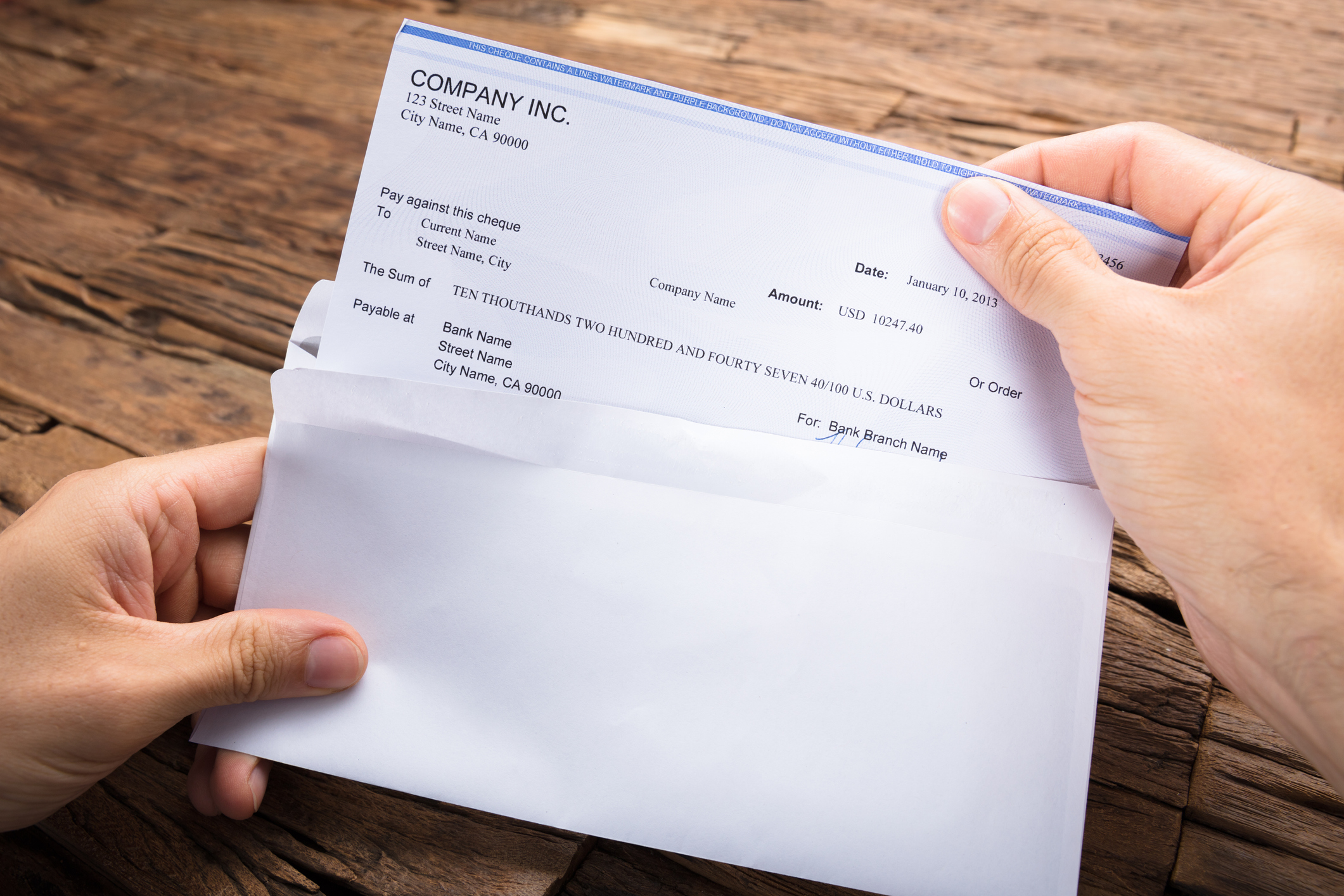When you apply for a mortgage, your lender will probably quote you an interest rate -- say, 4.5%. The problem with the interest rate is that is doesn't usually reflect the true cost of borrowing money, as mortgages can come with up-front fees and costs, particularly discount points. To compare the true cost of a mortgage loan, it's helpful to determine its effective interest rate, which is also referred to as the annual percentage rate, or APR.

How to calculate the effective interest rate, or APR
The calculation of APR involves a rather complex mathematical formula, but there is a relatively easy "shortcut" method you can use that involves a little bit of trial and error.
- Open a mortgage calculator.
- Add up your discount points, origination fees, and other up-front costs like mortgage insurance premiums (Note: Closing costs are not included).
- Add this amount to the loan amount.
- Using the mortgage calculator, input this adjusted loan amount, along with your loan's stated interest rate, in order to determine your adjusted monthly payment.
- Finally, using the mortgage calculator, input the original loan amount and find the interest rate that corresponds with the adjusted monthly payment. This is your loan's effective interest rate, or APR.
An example
Let's say your lender offers you a $200,000 mortgage at 4% interest. The lender charges one discount point ($2,000) and an origination fee of $750, making the total up-front cost $2,750.
Adding this to the loan amount gives us $202,750, which at 4% interest would produce a monthly payment of $968. Changing the loan amount in the calculator back to $200,000, and trying out a few interest rates, shows that an interest rate of 4.11% would produce that same $968 monthly payment. Therefore this loan's effective interest rate, or APR, is 4.11%.
Related investing topics
APR can vary significantly, so be sure to compare the right number
Fortunately, you probably won't have to go through this process when you're shopping for a home loan. Lenders must disclose the APR within three days of receiving the borrower's application, and it cannot change by more than one-eighth of a percent before settlement without the borrower's knowledge.
So, when you go shopping for a mortgage, be sure you're taking the true cost of borrowing into account and not just the interest rate, which doesn't tell you anything about the fees and other up-front expenses you'll have to pay.


















